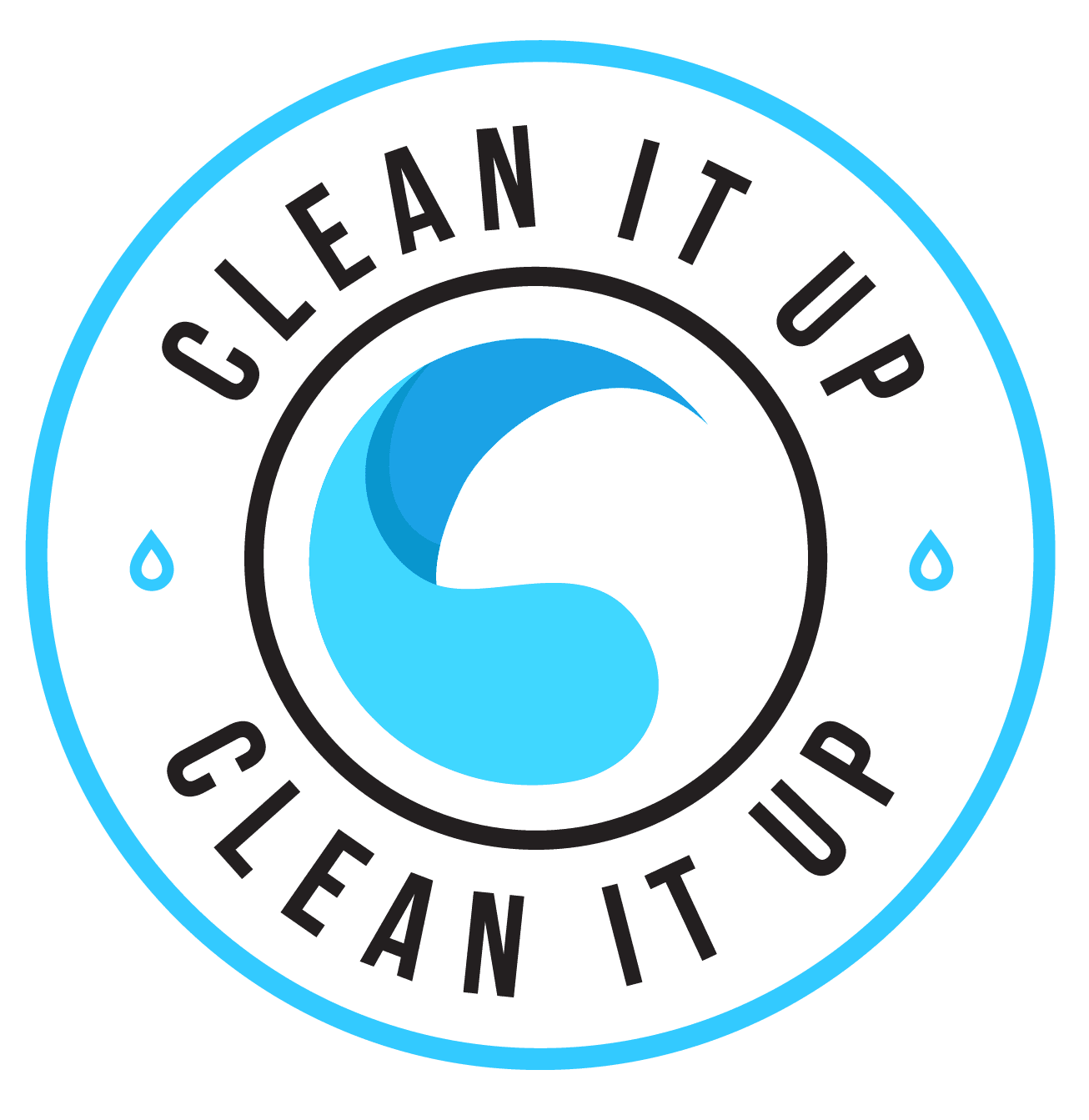From a financial perspective, pressure washing can be a money-maker if done correctly. But if you’re not careful and don’t know what you’re doing, it can easily be a huge drain on your budget. Pressure washing is simply not a task that anyone wants to tackle without proper training. The average homeowner has little or no experience with pressure washing, and many believe that it is hazardous. But there is a way to safely pressure wash your home—without damaging the exterior of your property. Here are 4 Steps to Safe Pressure Washing that you should consider before your next job:
1. Select the Right Equipment
Pressure washing equipment can vary greatly in price. When you are looking at different models, make sure you are comparing apples to apples. You should be looking at the price of the complete unit (machine and bottles) not just the machine itself.
From there, picking great equipment comes down to buying the best quality you can afford. The reason is simple: Over time, cheaper equipment will need more and more maintenance. This means that eventually, you will be forced to spend a lot more money to keep your equipment in good working order.
Always go for the highest quality within your current budget. If you do this, you will get the most out of your investment and you won’t have to worry about any breakdowns or other problems. Make sure you are also exploring an extended warranty with any unit you buy. This way, if anything does happen to your unit (it doesn’t matter if it’s your fault or not), you will still have the benefits of the warranty.
2. Evaluate the Situation
Safety is a huge part of any job, whether you’re working in the home or in a commercial environment. When it comes to safe pressure washing, evaluate the situation before using pressure washing equipment. If the area to be washed is made of drywall or other materials that may crack or break, it’s essential that the pressure washing equipment is rated for the task ahead. Other areas to consider are:
How will you power the equipment?
Will it be plugged into an outlet or battery? This is especially important if there’s a chance that the equipment might need to be moved around or used in a location with no power.
What kind of surface will you be cleaning?
Concrete, tile, asphalt, and many others can all be very difficult surfaces to clean with a pressure washer. Make sure the equipment is designed for the job at hand.
3. Determine the Amount of Pressure
When you’re completing a pressure washing job for your home, you need to determine what level of pressure you need to apply in order to get the result you want. You should be able to use a standard gauge to tell you how much pressure is required.
The ideal amount of pressure for your home will depend on the type of material you’re trying to clean, but you can use a number of factors to help you figure it out. For example, if you have a lot of peeling or mildew on your siding, you’ll need more pressure than you would for a home that doesn’t have this issue.
In addition, if you’re dealing with concrete, stone, or other porous materials, you’ll need to apply more pressure than you would for a smooth surface. Porous surfaces allow water to seep into the walls and you’ll need to use a higher level of pressure to remove it. However, you should also be aware that even though you’re cleaning porous materials, you shouldn’t put so much pressure on them that they start to crack.
4. Protect Your Body
It’s essential to use proper safety equipment and have the right training if you decide to use a pressure washing machine. Yes, anyone can buy and use a pressure washer, but that doesn’t mean they know how to do so safely. Here are a couple of best practices to consider before starting the job:
- Always wear safety glasses
- Always wear ear protection.
- Wear long-sleeved shirts, pants, and closed-toe shoes (boots are preferred)
These simple precautions will go a long way in protecting you against injury from splatters of debris and other materials.
In summary, pressure washing is a powerful way to transform the appearance and value of your property, but it can be hazardous if you don’t know what you are doing. Now that you know 4 steps to safe pressure washing, you will have no worries. You can make pressure washing a safe and profitable endeavor for you and the people around you.
If you would like to avoid the risks involved, or just want someone else to do the dirty work, you can instantly see what your next job would cost using our free quote tool. Click here to get started and we are more than happy to answer any questions you have!
